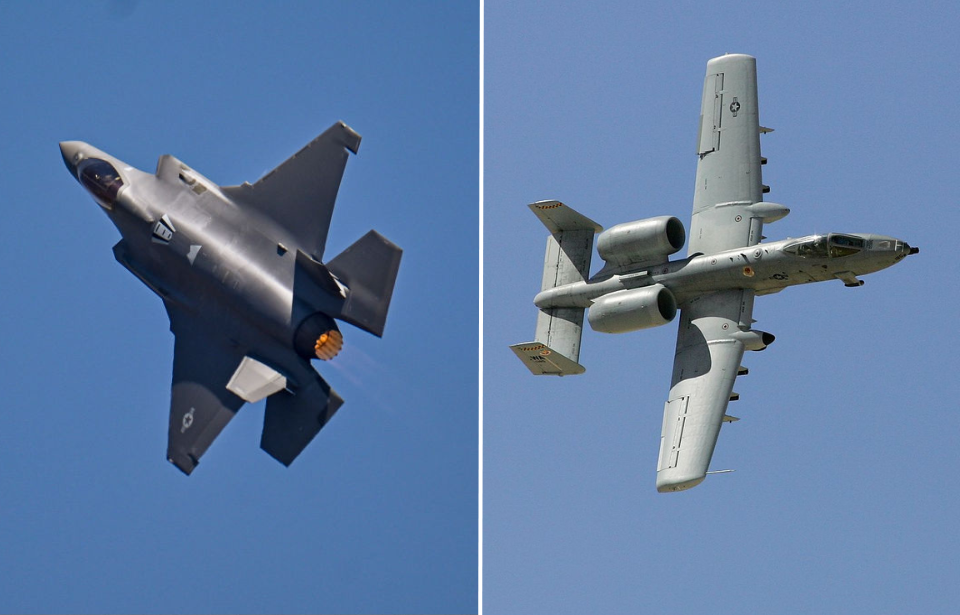Since the First World War, aircraft have been key to winning major skirmishes. Not only do they provide fire support from the air, but they can also serve in reconnaissance roles. As the past century has shown, not all fighters, biplanes and jets are created equal, and the forces with the most advanced technology typically come out of battles victorious.
The following list features 15 of the most dangerous aircraft to ever take to the skies.
Lockheed Martin F-22 Raptor
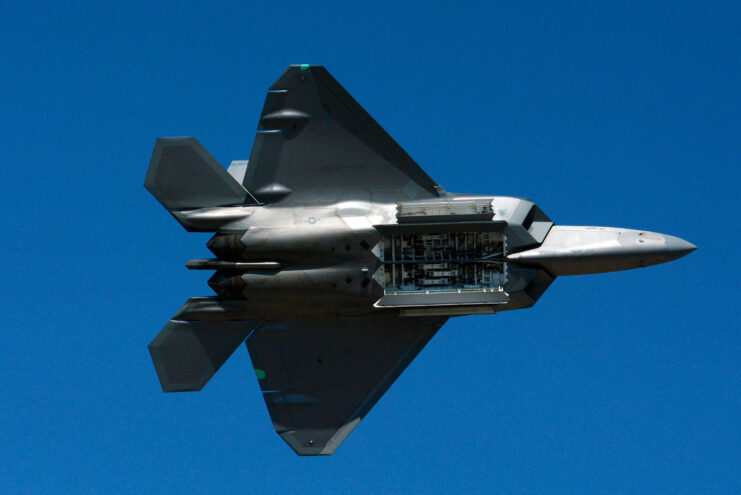
The Lockheed Martin F-22 Raptor is the pinnacle of aerial superiority, wielding a lethal combination of stealth, speed and advanced avionics that make it a formidable force in modern warfare.
Its impressive agility allows it to outmaneuver adversaries with ease, while its stealth technology renders it virtually invisible to radar, granting it the element of surprise in any engagement. Equipped with a lethal arsenal of air-to-air and air-to-ground weaponry, including missiles and precision-guided bombs, the F-22 can swiftly neutralize threats from any direction, asserting dominance over the skies with deadly precision.
Beyond its offensive capabilities, the F-22’s sensors and electronic warfare systems provide unparalleled situational awareness, enabling pilots to anticipate and counter enemy actions. With its ability to operate deep within hostile airspace undetected, the aircraft can conduct reconnaissance and establish air superiority with devastating efficiency.
Fokker Eindecker
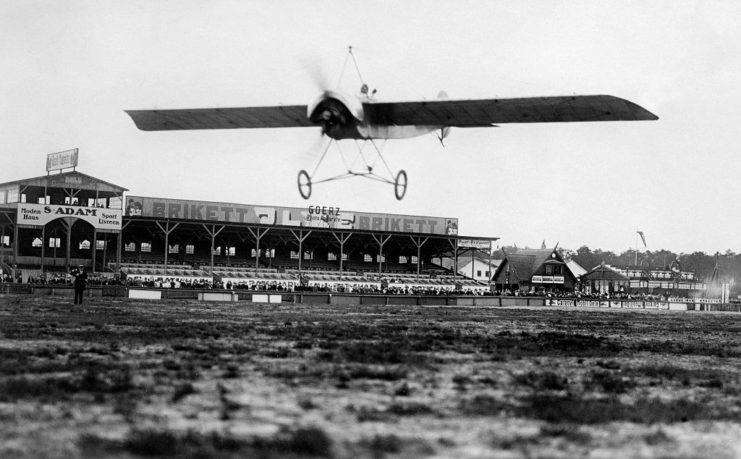
The Fokker Eindecker was the first real dangerous aircraft to take to the skies. It came from the mind of Dutch engineer Anthony Fokker, who designed the monoplane with a Parabellum MG 14 that could easily take out enemy aircraft, thanks to the addition of the first-ever synchronization gear. This feature allowed the pilot to fire their machine gun without its bullets hitting the aircraft’s propellor blades.
In 1915, German aviators dominated the skies over Europe, and the Eindecker was much more advanced than the aircraft flown against it. This period of dominance is referred to as the “Fokker Scourge” by historians. It didn’t last long, however – the British and French had developed their own monoplanes, the Airco DH.2 and Nieuport 11, by 1916.
Eurofighter Typhoon
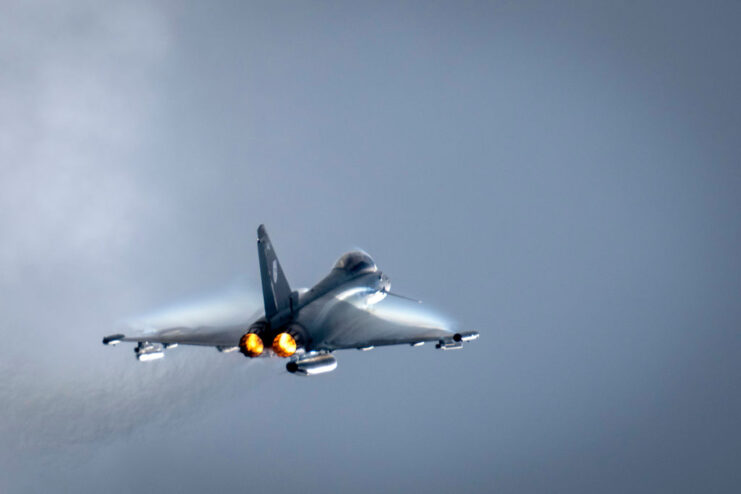
The Eurofighter Typhoon is a cutting-edge multirole fighter aircraft that’s renowned for its lethal combination of speed, agility and technology. With a robust airframe designed for high-performance combat, it features an impressive maneuverability that allows the aircraft to easily outmaneuver adversaries in dogfights.
Armed with an array of sophisticated weapons systems, such as advanced missiles and precision-guided munitions, the Typhoon is a versatile platform capable of engaging targets with deadly accuracy. As well, it’s state-of-the-art avionics and sensor suites offer unparalleled situational awareness for pilots, allowing them to dominate the aerial battlefield with precision and confidence.
Whether conducting air-to-air intercepts, ground attack missions or air superiority operations, the Typhoon remains a formidable and deadly force, poised to uphold its reputation as one of the most dangerous aircraft in the skies today.
Boeing AH-64 Apache
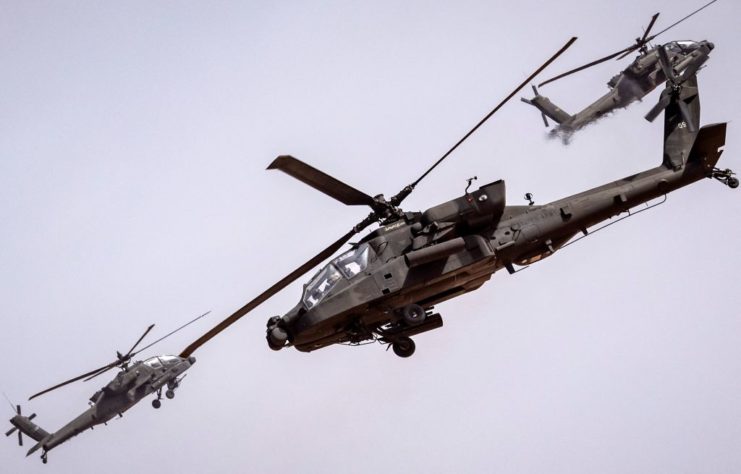
The most dangerous aircraft aren’t necessarily jets or fighters. While helicopters were first introduced to ferry troops in combat, they’ve become more and more threatening over the years.
The Boeing AH-64 Apache is arguably the most dangerous chopper ever developed. Dubbed the “flying tank,” it was first deployed during Operation Just Cause. During this time, it primarily operated at night, flying attack missions over various targets.
The helicopter also saw use during the Gulf War, as well as the wars in Iraq and Afghanistan. It has an M230A1 Hughes chain gun as its primary armament, with the ability to carry AGM-114 Hellfire II anti-armor missiles and Hydra-70 2.75-inch rockets. Boeing even suggested the AH-64 could be equipped with a direct energy weapon, with the first successful test occurring in 2017.
Lockheed F-104 Starfighter
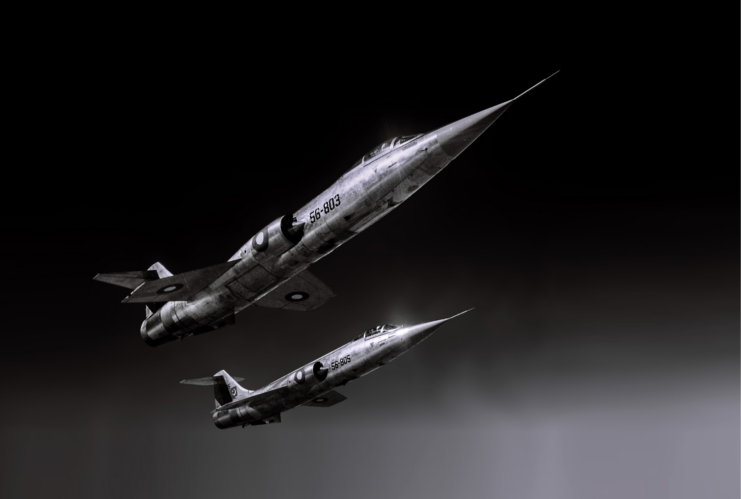
The Lockheed F-104 Starfighter is a unique entry on our list of dangerous aircraft because it wasn’t just deadly for the targets it encountered, but also for the pilots sitting in the cockpit. It earned a notorious reputation as one of the most perilous aircraft to fly, due to its unforgiving flight characteristics and challenging handling.
Nicknamed “The Widow Maker,” it was designed for high-speed, high-altitude intercept missions. However, its sleek design and powerful engine came at a cost, as it exhibited incredibly poor low-speed handling and a limited maneuverability, particularly at lower altitudes. This made takeoffs and landings hazardous, leading to a significant number of accidents attributed to pilot error.
Moreover, the F-104’s minimalistic cockpit and lack of advanced avionics left aviators with limited instrumentation and very little margin for error in flight. With its high-speed capabilities, this meant any deviation from optimal flight parameters could quickly escalate into a life-threatening situation.
Sukhoi Su-33 ‘Flanker-D’
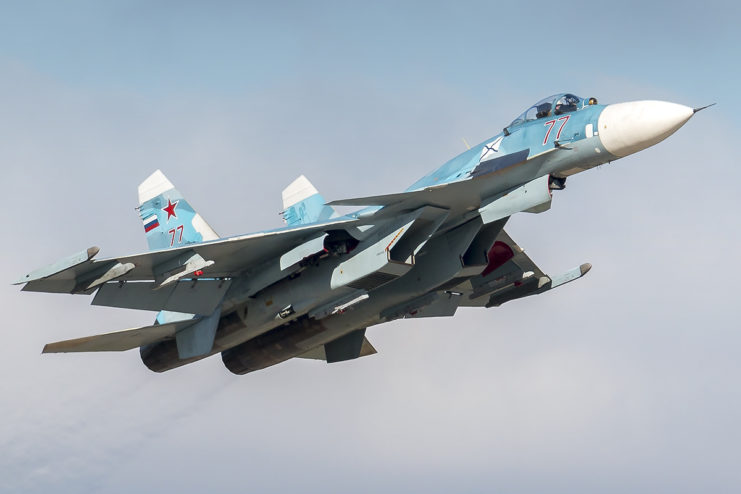
The Sukhoi Su-33 “Flanker-D” was built to be an improvement on the already formidable Su-27, and it was geared toward naval operations. It features folding wings, upgraded engines and a strengthened undercarriage, and it can also be refueled midair.
While officially introduced into service in 1998, the Su-33 was actually first used in military operations three years earlier while stationed aboard the Admiral Kuznetsov in the Mediterranean Sea. The fighter jet was used in Russia’s military intervention in Syria in 2015.
Due to the collapse of the Soviet Union and the downsizing of the Russian Navy, only 24 were ever produced.
Fairchild Republic A-10 Thunderbolt II
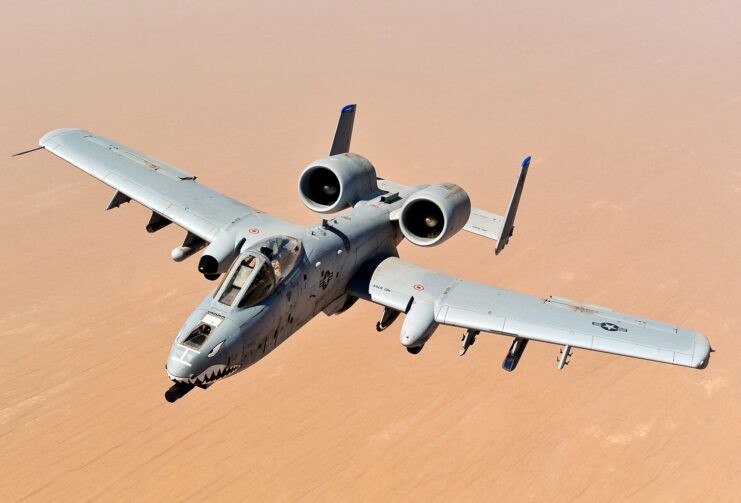
The Fairchild Republic A-10 Thunderbolt II – also known as the A-10 Warthog – earned its reputation as a deadly and dangerous aircraft thanks to its unique design, which is tailored for close-air support missions. Armed with the formidable GAU-8 Avenger, it’s a fearsome aerial platform capable of delivering devastating firepower against enemy vehicles and positions.
The A-10’s heavily-armored cockpit and flight control systems allow it to withstand damage from ground fire, allowing pilots to operate in hostile environments with increased survivability. Furthermore, its ability to fly low and slow provides aviators with exceptional visibility and precision targeting capabilities, allowing them to accurately engage targets while minimizing collateral damage.
Mikoyan-Gurevich MiG-21 ‘Fishbed’
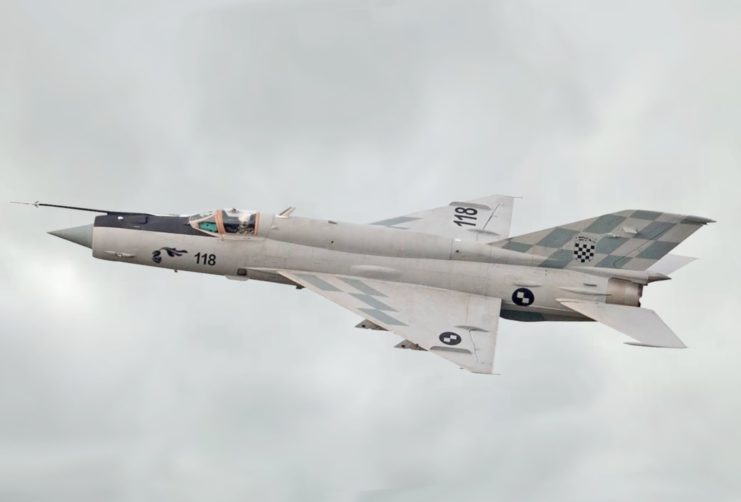
The Mikoyan-Gurevich MiG-21 underwent its first flight in 1955. The supersonic fighter and interceptor has become an absolute workhorse during its decades in the sky, being flown by around 60 countries and rightfully earning its place on this list of the most dangerous aircraft of all time. It’s also earned a number of accolades, including the most-produced combat aircraft since the Korean War and the most-produced supersonic jet in aviation history, with nearly 11,500 made.
The Soviet-produced MiG-21 has been flown throughout a number of major conflicts, including the Vietnam War, the 1971 Indo-Pakistani War and the Kargil War, with many drawn to its simple design, particularly when it comes to its controls and avionics. While no MiG 21s were produced after 1985, the aircraft remains in service today in some countries.
McDonnell Douglas F-15 Eagle
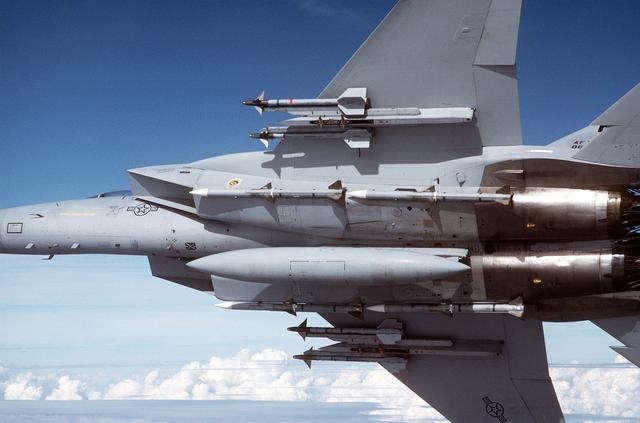
The McDonnell Douglas F-15 Eagle earned its reputation as one of the most dangerous and deadly aircraft ever to take to the skies through its speed, agility and firepower. Designed as an air superiority fighter, it has an impressive array of advanced avionics and weapons systems, allowing it to dominate any airspace with unmatched lethality.
Equipped with a powerful pulse-Doppler radar system that easily locks onto enemy targets and a diverse arsenal of air-to-air missiles, including long-range beyond-visual-range weapons, the F-15 can detect and engage multiple targets simultaneously, ensuring air superiority in any engagement.
Moreover, the fighter jet’s exceptional maneuverability and high thrust-to-weight ratio enable it to outperform and outmaneuver virtually any adversary, ensuring its dominance in aerial combat. Its robust airframe and redundant systems provide pilots with a high level of survivability, allowing them to operate in hostile environments with confidence.
Supermarine Spitfire
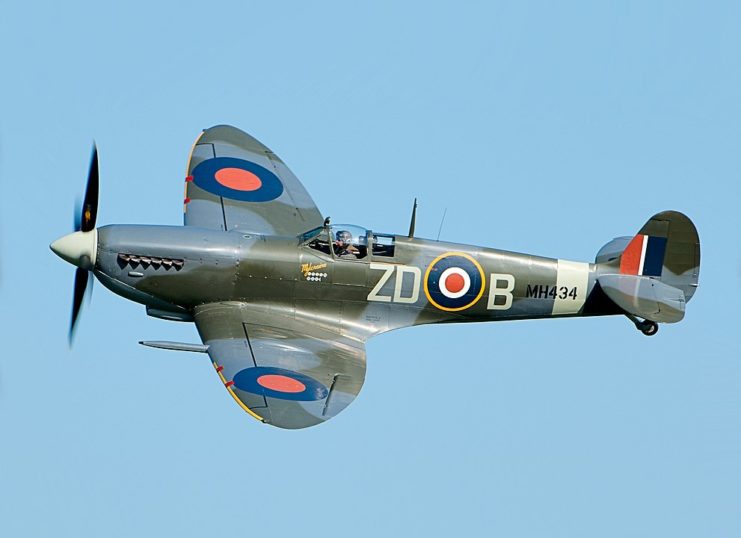
British designers began working on the single-seater Supermarine Spitfire in 1928, with the aircraft making its first flight eight years later. The Spitfire was pressed into service almost immediately when the Second World War broke out, serving the Royal Air Force (RAF) and other Allied countries.
The Spitfire acquitted itself terrifically against the skilled pilots of the German Luftwaffe, particularly during the Battle of Britain, when it was tasked with taking on Messerschmitt Bf 109s. It was also an effective photo-reconnaissance platform, with it credited with taking the photographs that confirmed the development of the German V-1 and V-2 rockets.
Given its stature, the Spitfire remained in production until 1948. While over 20,000 were manufactured, only 60 are airworthy today. The fighter is remembered by aviation enthusiasts as one of the most impressive aircraft of its day – and one of the most dangerous.
Lockheed Martin F-35 Lightning II
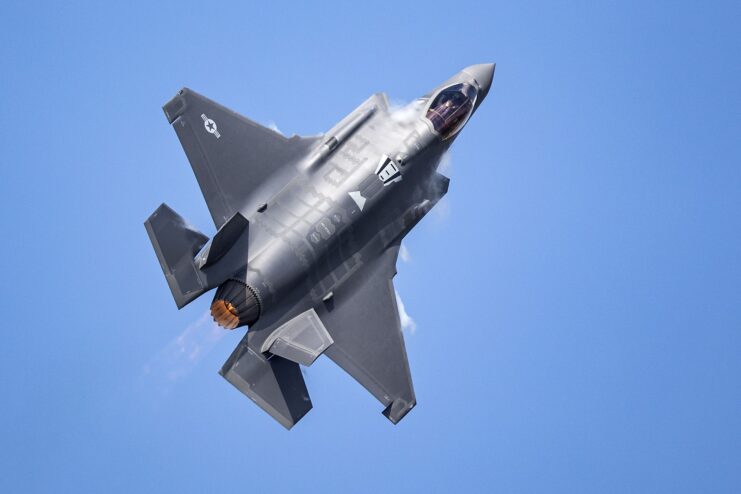
The Lockheed Martin F-35 Lightning II represents a quantum leap in aerial warfare, combining stealth capabilities, advanced sensor fusion and unmatched versatility to establish itself as one of the most lethal and dangerous aircraft in existence.
Excelling in air-to-air combat, air-to-ground missions, electronic warfare and intelligence gathering (basically everything), the F-35 embodies true multirole capabilities. Its stealth technology renders it virtually undetectable to enemy radar systems, providing a decisive advantage in gaining the element of surprise. Additionally, its integrated sensor suite and data fusion capabilities grant pilots unprecedented situational awareness, enabling them to identify and neutralize threats with unparalleled precision.
Beyond its offensive capabilities, the F-35’s advanced electronic warfare systems and countermeasures ensure its survivability in contested airspace, allowing it to operate deep within enemy territory with minimal risk. Its ability to communicate seamlessly with both other aircraft and ground forces enhances this effectiveness, enabling coordinated operations across multiple domains.
Shenyang J-16
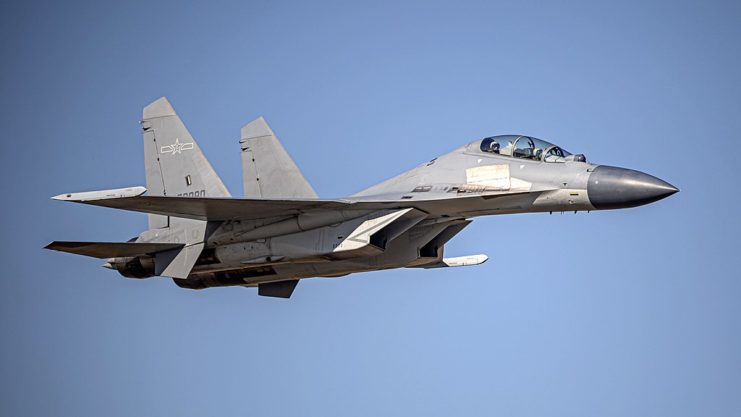
The Shenyang J-16 fighter was based on the J-11BS, which itself was based on the Sukhoi Su-27. The Chinese had purchased a number of the Soviet aircraft in the 1990s and wanted to develop something similar. In service since 2015, the jet was designed for modern warfare, with a lighter weight and radar-absorbent paint.
The J-16 also has an electronic warfare version, which features external warfare pods and internal jamming equipment. Solely flown by the People’s Liberation Army Air Force (PLAAF), the multirole strike fighter is used to protect Chinese airspace.
Boeing B-29 Superfortress
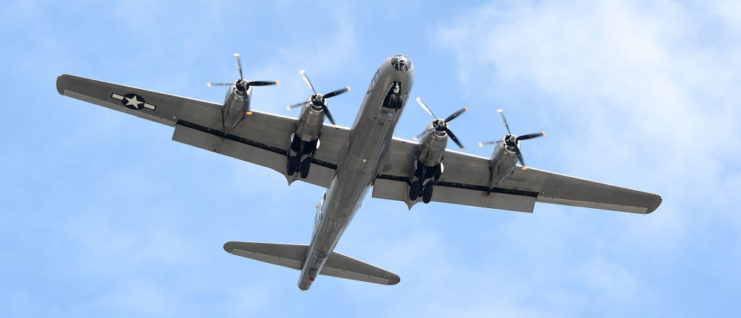
The B-29 Superfortress was developed by Boeing in the early 1940s, having been fast-tracked for use during World War II. The massive bomber was built to drop bombs, but also excelled at low-altitude incendiary bombing. There were initially issues with the aircraft’s engines catching fire, but those were eventually resolved, allowing the B-29 to enter service in time.
The bomber earned its status as one of history’s most dangerous aircraft in August 1945, when the Enola Gay and Bockscar dropped the atomic bombs Little Boy and Fat Man on Hiroshima and Nagasaki, respectively.
The bomber remained in service throughout the Korean War, and was retired in 1960. Only 26 remain today, with just two being considered airworthy.
Dassault Rafale
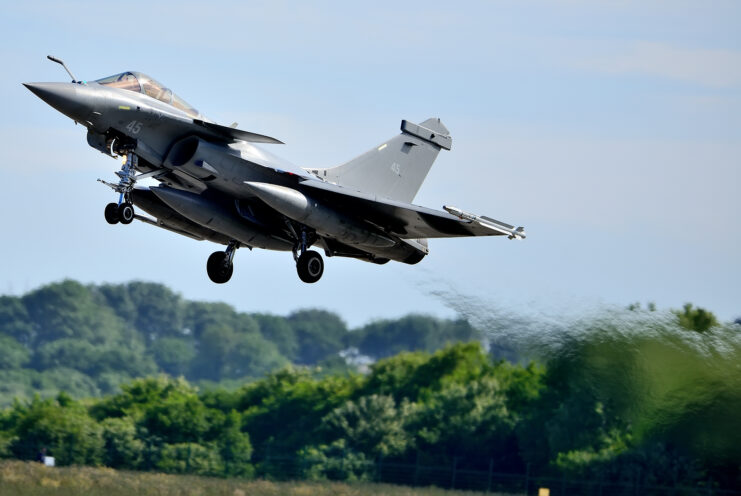
The Dassault Rafale is one of the most lethal and menacing aircraft, renowned for its exceptional versatility, advanced avionics and armament. Engineered to excel in a wide range of missions, including air superiority, ground attack, reconnaissance and nuclear deterrence, it’s armed with an array of precision-guided munitions, air-to-air missiles and a 30 mm cannon, meaning it can attack targets with precision.
The Rafale’s cutting-edge technology, including its active electronically scanned array (AESA) radar and advanced sensor fusion system, provides pilots with critical situational awareness, allowing for the simultaneous detection, tracking and engagement of multiple threats.
The aircraft’s impressive agility and high-speed capabilities allow it to outmaneuver adversaries, while its stealth features reduce its radar cross-section, making it a formidable opponent in both offensive and defensive operations.
Lockheed AC-130
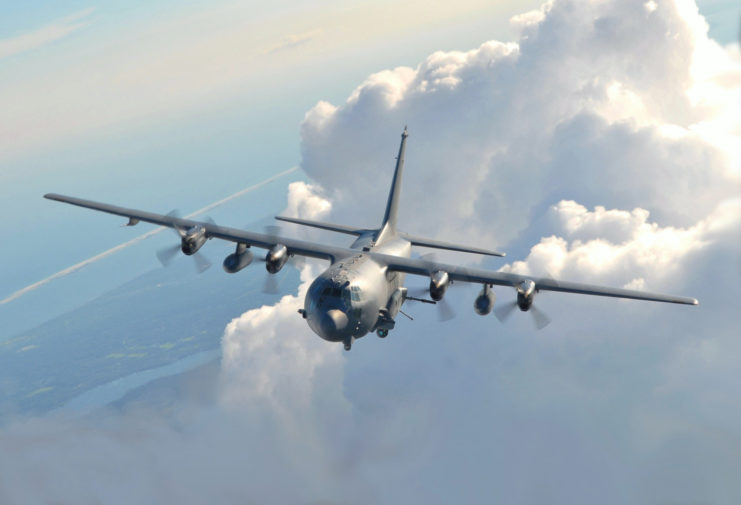
Closing out our list of most dangerous aircraft is the AC-130, the ground-attack variant of the Lockheed C-130 Hercules. It was created via a partnership between Boeing and Lockheed, with the latter constructing the airframe and the former transforming the aircraft into a gunship.
More from us: FICON Project: When the US Air Force Practiced Hooking Smaller Aircraft Under Large Bombers
The AC-130 did the majority of its damage during the Vietnam War. Concentrating on taking out ground targets, it’s estimated the gunship destroyed over 10,000 trucks during the conflict. It also participated in several close-air-support missions. There have been a number of models developed over time, with the last, the AC-130U Spooky, being retired in 2019.
